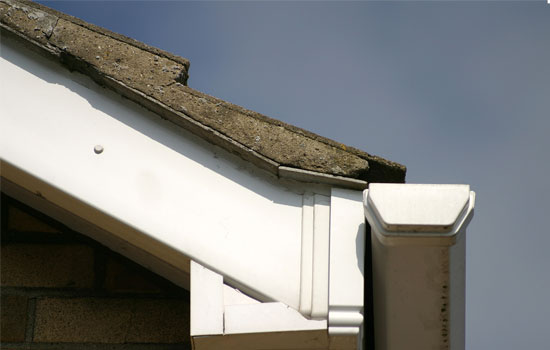Double glazing, or insulating glass, is a window pane consisting of two or more panes separated by a glass or vacuum filled space to reduce the heat transfer across the building envelope. Double glazing windows has been a common practice since its inception, since it tends to make more durable and efficient windows than traditional methods, though at higher costs. If you are curious as to the process of double glazing window units in Wrexham, here is a short guide to the process and its various ins and outs.
#1. First, every piece of glass is cut to size (different sizes for different window types) on an automatic cutting table. This is also where any coloured leading is applied if it is requested by the client. An individual spacer bar is then cut to the size of each individual unit. This allows a 23mm reduction for the correct sealant path. If the unit needs a Georgia bar, this is where it is done.
#2. Once the cutting is done, the glass is put through a washing machine, which douses it in hot water until clean. Hot air blowers are then used to dry the glass once it’s been soaked completely clean. The glass is then inspected by several human employees for any imperfections. If any are found, the glass is usually thrown out, where another pane is picked out to take its place and try again.
#3. The glass is then assembled into a unit using the pre-cut spacer bar from before. Once assembled, the unit is then sent to an edge sealing facility. The units are then shipped out to their various destinations, and the process repeats.
Complications
As with any manufacturing process, there are complications. Most commonly, the glass can become twisted or warped during the cutting or washing process. There is a lot of heat being applied to the glass in those early stages, and even the tiniest warp can make a big problem later depending on what it is, so when it shows up, the glass is typically just thrown out and replaced.
Automation has made double glazing glass a complete non-issue. While complications still happen, they happen far less often, and when they do, it takes little more than a cursory inspection to find the problem. Click here for more details.
